Cuba is an island nation located in the Caribbean Sea. It really began to flourish after the revolution of 1959.
This is what Cuba’s modern flag looks like:
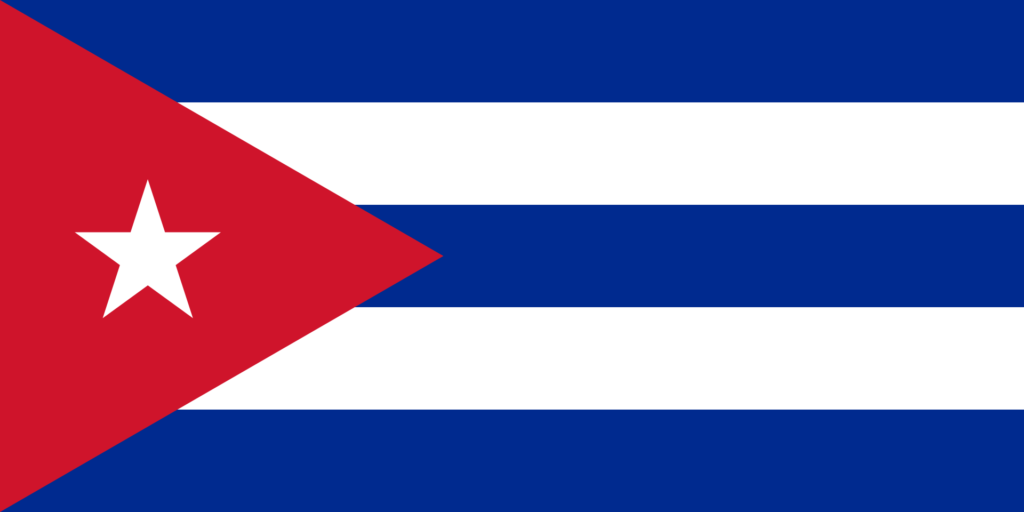
History of the flag
The current version of the symbol of Cuba was conceived in 1848, but the Cubans could not realize their desires at that time, as at that time they were still under the power of Spain. The world powers represented by the U.S. and Spain for many years fought for the right of ownership of the island. From 1898 to 1902 Cuba was under the power of the USA and then the official symbol of America (at that time there were 45 states) was applied.

In 1902, Cuba achieved independence, and the state symbol was a version of the flag with a star. Its design was borrowed from the symbol of the state of Texas (USA), also called «Lone Star».
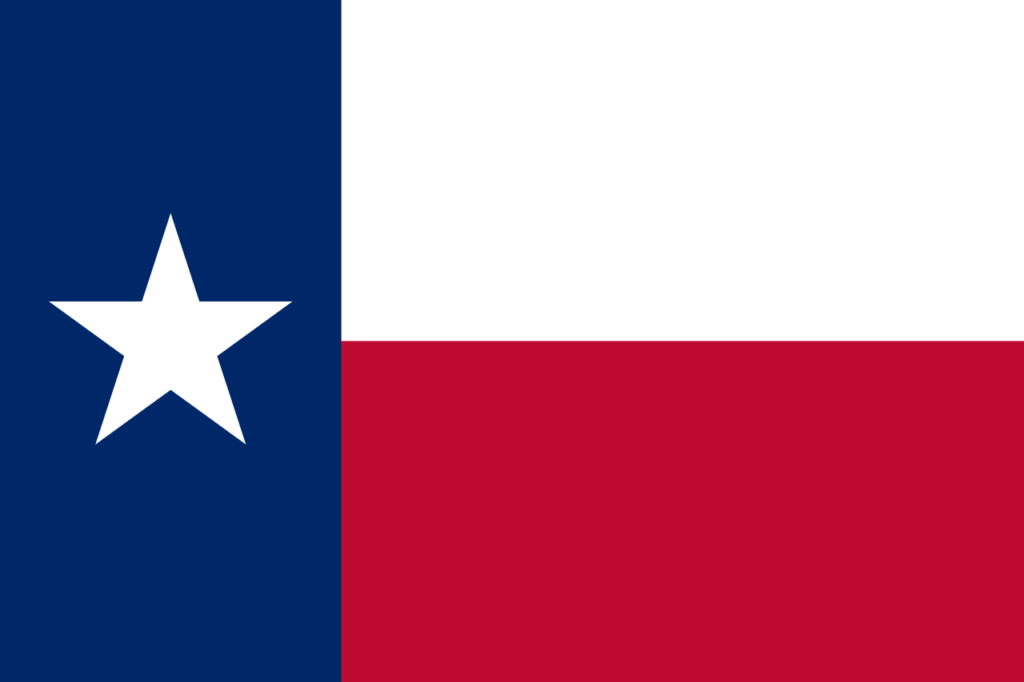
In the mid-19th century, many Cubans wished that the island would unite with America. This fact is probably the reason why the colors of the Cuban symbol coincide with the colors of the American flag, and the stripes and star are used.
Previously, the flag was a little lighter:
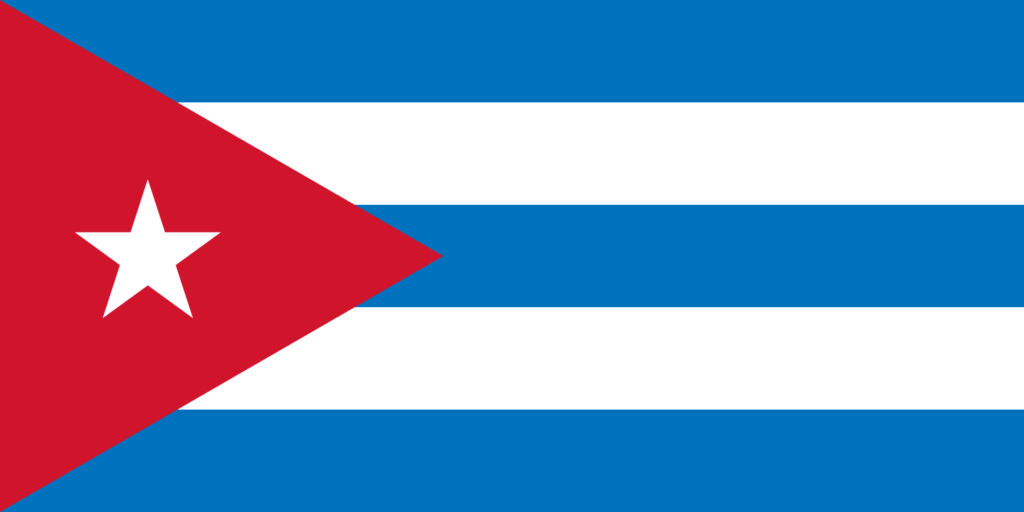
Description
The Cuban flag is a rectangular cloth, the sides of which have a ratio of 1 to 2. It depicts five equal horizontal stripes alternately alternating between two white and three blue.
An equilateral triangle of red is depicted on the left edge (at the staff). One side of it coincides with the width of the cloth. In the central part of the triangle is a five-pointed white star.
Building the Cuban flag
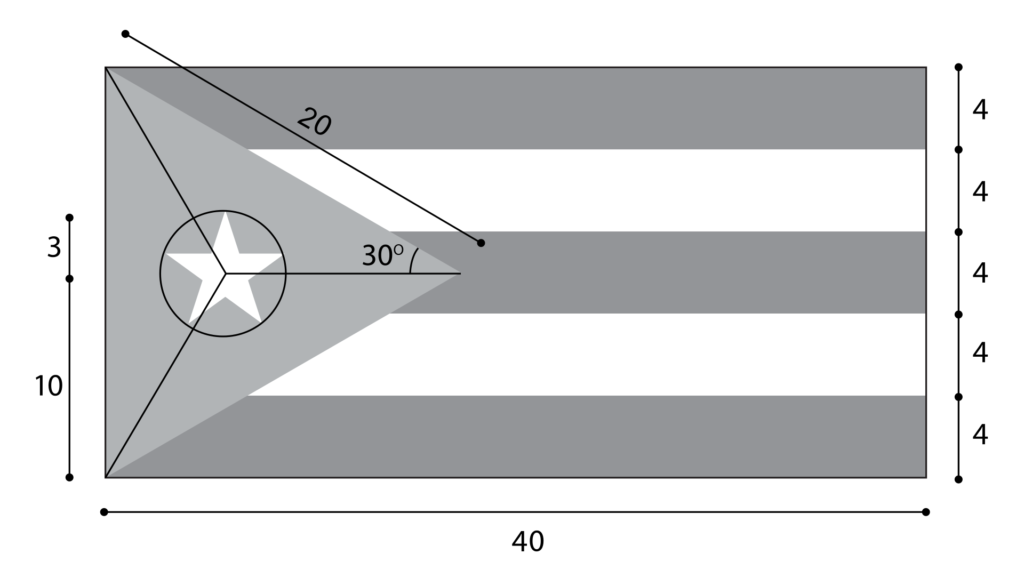
Flag colors
The Cuban symbolism uses three colors: blue, white, and red.
Meaning of colors and flag symbol
The official version explaining the meaning of the colors of the flag is as follows:
- blue stripes — Cuba divided into three parts by the Spaniards;
- white stripes — desire for independence;
- red triangle — blood spilled for Cuban independence, as well as freedom, fraternity, equality;
- The white star symbolizes freedom.
A modern explanation is also sometimes used for the blue stripes, which refers to the three historical periods of the country: before 1902; from 1902 to 1959; after 1959.
Other Flags
During the struggle for Cuban independence, various movements and communities had their own versions of symbols. The first version consisted of three stripes: green, purple-red, and white.

There were several communities in the twenties:
- «Bolivar’s Sun and Rays;

- «Cuban Rose;

- «The Havana Club.

For a short time another symbolism was adopted, associated with the uprising of 1868, but not subsequently approved because of intrigues among the leaders of the uprising.

In 1952, General Batista decided to use a different symbolism that he had used twenty years earlier during the military coup.
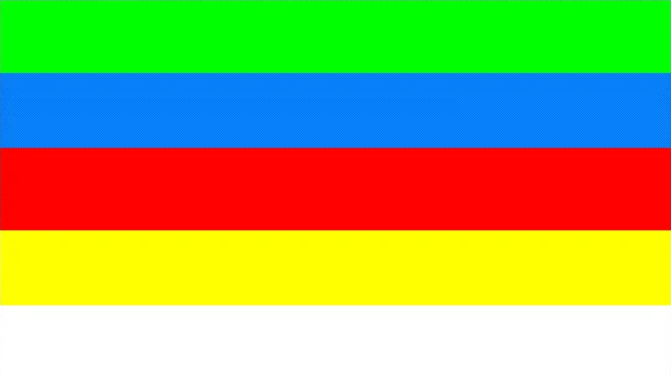
Similar flags
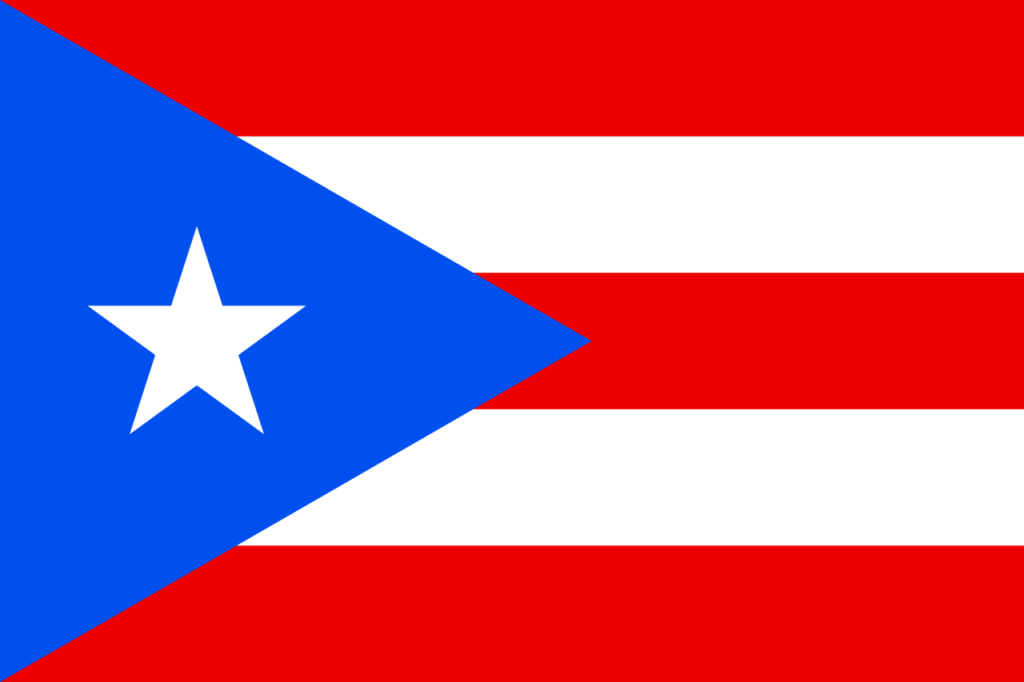
General information about Cuba
| Official language | Spanish |
| Capital | Havana |
| Territory | 110 860 km² |
| Population | 11 061 886 people |
| Currency | peso (CUP, 192)
convertible peso (CUC, 931) |
| Phone Code | +53 |










I remember visiting Cuba and seeing the flag everywhere! It felt like a vibrant symbol of the people’s spirit. I joined in a local celebration, and everyone was so friendly. The colors really popped, making the whole experience unforgettable! I love how flags can tell such powerful stories.
As someone who visited Cuba last year, seeing the Cuban flag waving in the breeze was unforgettable. It’s more than just colors; it tells stories of resilience and pride. I grabbed a small flag as a souvenir—it now hangs in my home office, reminding me of that vibrant culture every day.